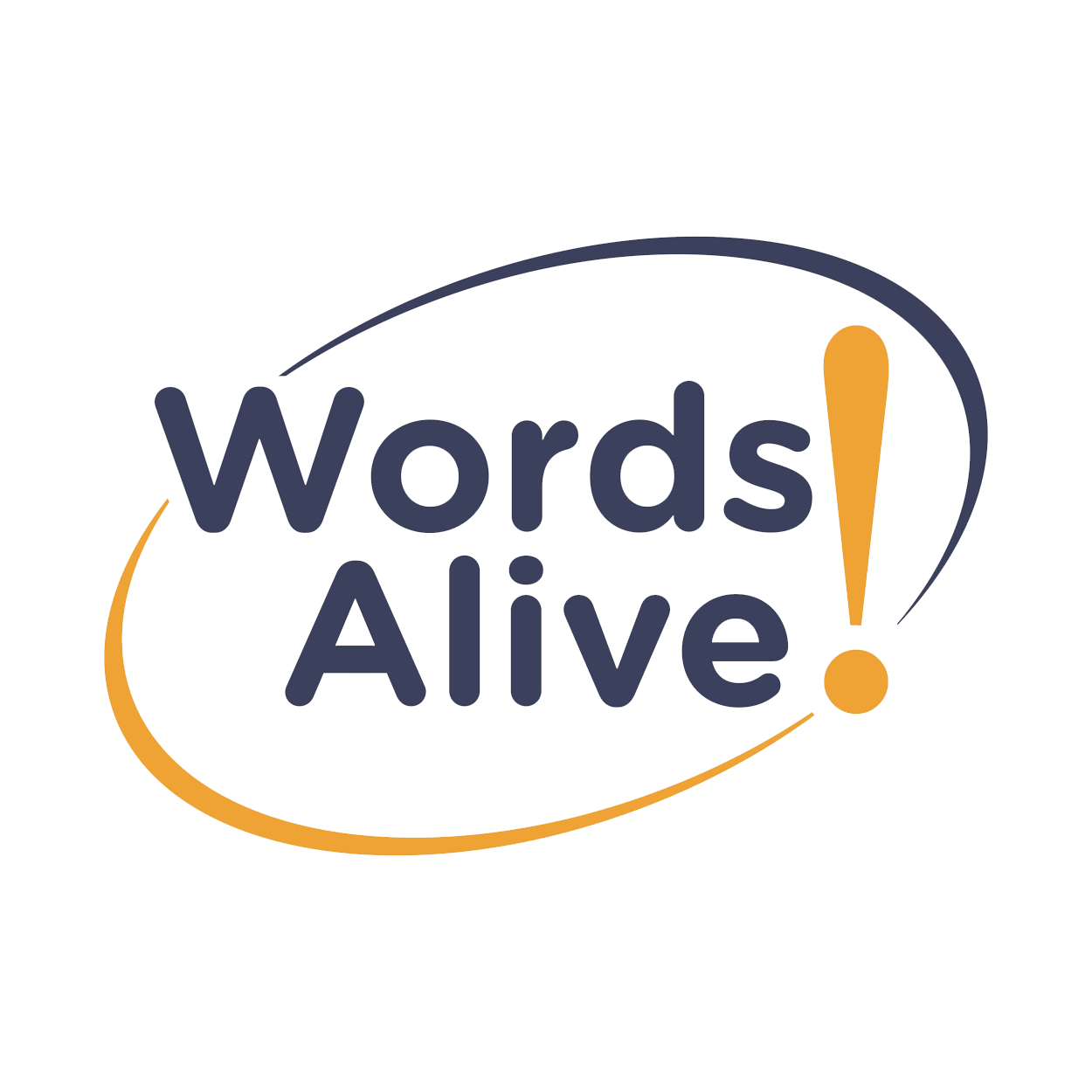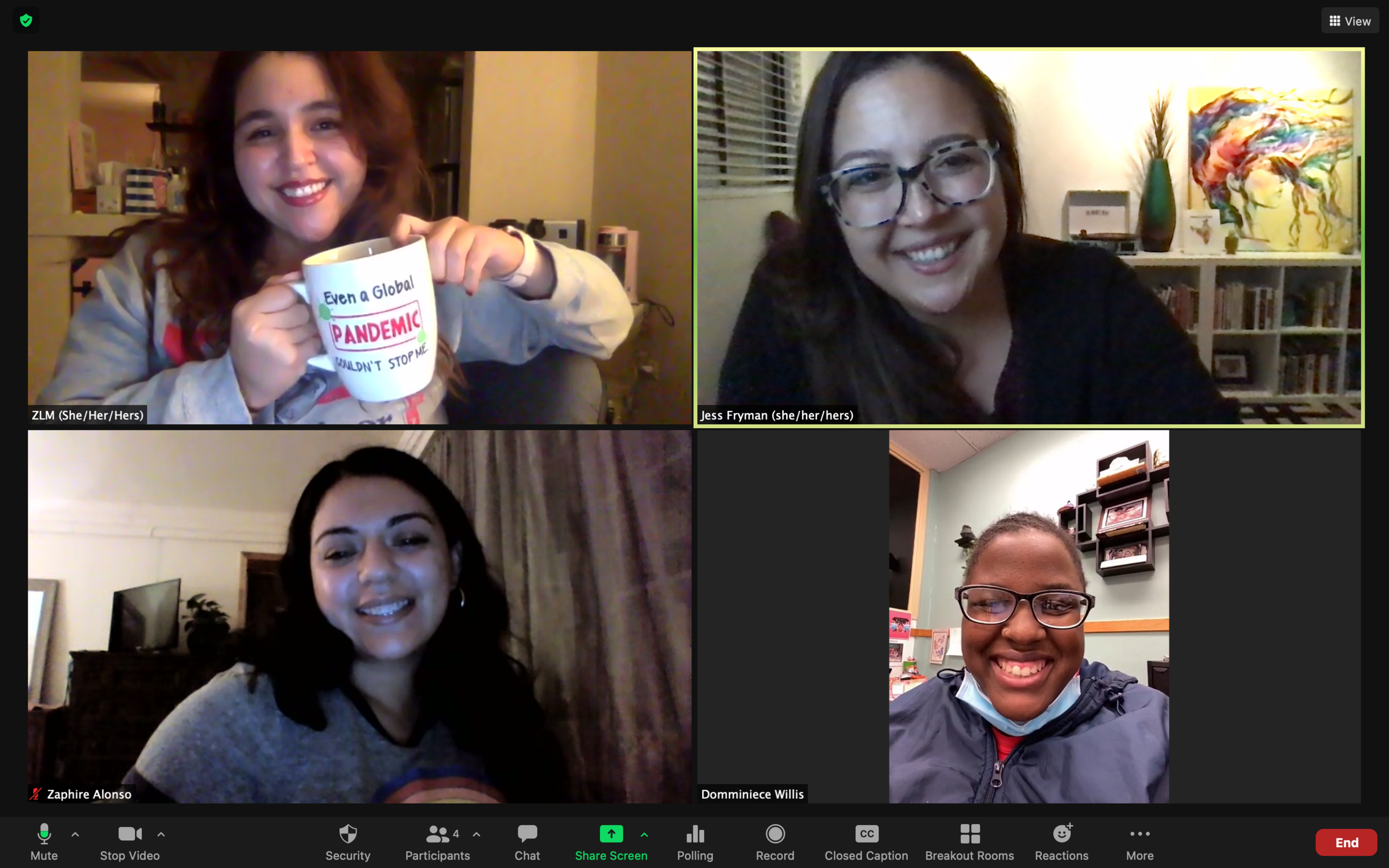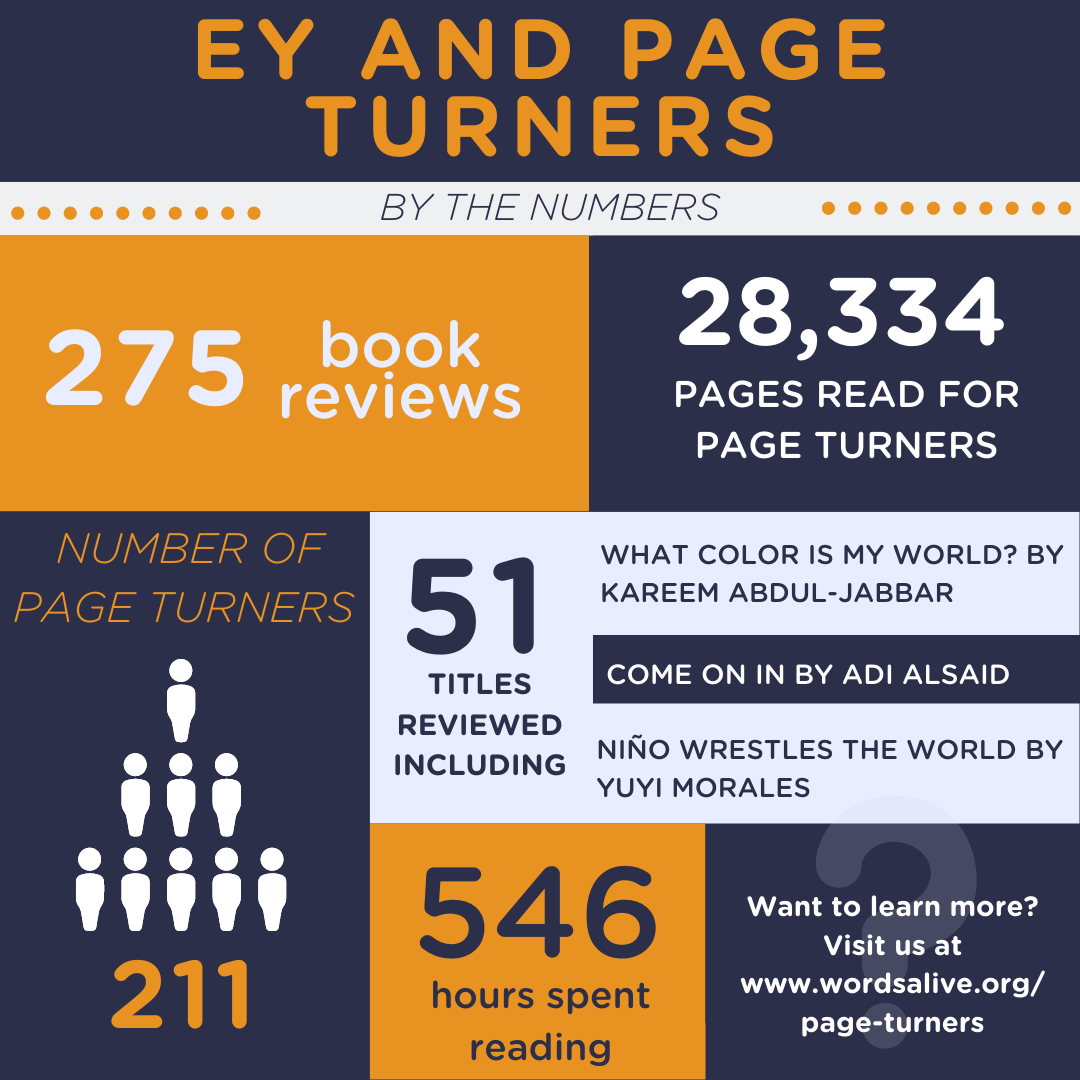The 30-Million Word Gap?
Does poverty affect a child’s vocabulary and grammatical skills? According to studies conducted by education researchers Betty Hart and Todd Risley, “the average welfare child had 1/2 as much experience per hour (616 words per hour) as the average working class child (1,251 words per hour.), and less than 1/3 as much experience as the average professional class child (2,153 per hour).” From their study, they also concluded that the word-gap between children in upper income households and those in low-income households was 30 million words. In addition, the qualitative aspects of these children’s language environments were also measured. Nonetheless, the 30 million words became a popluar statistic in literacy and education circles, but in recent years has been questioned more and more.
In 2017, another study was conducted by Senior Director of Research and Evaluation, Dr. Jill Gilkerson. Her method involved using technology, rather than Hart and Risley’s method of intrusive observers. The study collected 49,765 hours of recording from 329 families by using the LENA (Language Environment Analysis) system, which automatically generates an estimate of the “number of adult words in the child's environment, the amount of caregiver–child interaction, and the frequency of child vocal output”’: (pubs.asha.org/doi/10.1044/2016_AJSLP-15-0169)
The results seemed to be more effective, and it concluded that the word gap was much smaller than 30 million words. According Gilkerson, only a ‘4-million word gap was present between those highly educated, high socioeconomic status (SES) parents and those with a lower SES.
How Did This Idea Begin?
One of the first studies that introduced the notion of the ‘word-gap’ began in the 1980’s with Hart and Risley. The study was mentioned in their book, Meaningful Differences in the Everyday Experience of Young American Children, which wasn’t published until 1992. The study was composed of 42 families at four levels of income and education, from low income to “professional class” families. From infants to toddlers up to age 3, the number of words spoken by these children, which included engaged communication activities with their parents (such as questions and commands), and the growth in words produced by the children were recorded.
Their hopes and aims were to help improve student outcomes of academic progress later on in school by catching onto the problem of the ‘word-gap’ from an early age. However, the word-gap study is not as simple as it may seem.
Ethnic Considerations
Another reason for speculations regarding this statistic is due to the fact that many children come from different ethnic backgrounds. This means that the study must also include data based on early development of different languages spoken (children who become bilingual), and whether or not children are being taught more than one language as they grow. This abstracts the number of words spoken in a household. Anya Kamenetz says that “Sperry (Lead author of Child Development) and his co-authors fall into a camp that criticizes the ‘word gap’ concept as racially and culturally loaded in a way that ultimately hurts the children whom early intervention programs are ostensibly trying to help.”
Around the 1980’s, 10.68% of the U.S. population was bilingual. Since 2016, the percentage has risen to 20%. Today, it is estimated that 22% of the nation is bilingual. Some children grow up learning the native language of their parents, then English, or vice versa. Professor of Education at the University of California, Los Angeles, Marjorie Faulstich Orellana, mentions the idea of learning a second language as ‘word wealth’. Children who grow up learning a different language or even a different dialect other than English, (the dominant/most common language spoken in school), actually shows more experience in children at an early age. “This would describe not only recent immigrants, but also anyone whose background isn't white, educated and middle or upper class. When they get to school, they must learn to ‘code switch’ between two ways of speaking”.
The Truth Behind the Matter
While it is important to keep a steady statistic or well-formulated theory about the ‘word-gap’ amongst children, it is also important to realize that a child’s environment and socioeconomic status may not always be the main reason for a child’s vocabulary skills. There are several other factors at play.
These factors include how effective parents, preschools, and other related learning programs are in helping children develop their language from an early stage of their adolescence. Children who are prone to hearing and witnessing verbal abuse, a lack of communication, and distracting language from their parents, siblings, and other relatives could also interfere with a child’s normal appropriate learning speech. Roberta Golinkoff calls this type of language ‘ambient’, which may also have an impact on early language development. Other ambients could include television, radio, and adult conversations where kids are not directly spoken to, but are in the midst of the environment where the child could hear.
Other Speculations
Hirsh-Pasek adds, “the sheer volume of conversation directed at children, not just spoken in their presence, is fundamental to language learning and later success in school.” While this may be an important asset in early language development, Douglas Sperry points out that in other cultures, such as the Mayan Culture in Central America, for example, it is uncommon for adults to address children directly, and yet these children still learn to speak adequately.
Orellana also disagrees that there is a “variation of speech” depending on how much adults speak to children. Instead, she believes that “other values, like using language to entertain or connect, rather than just have children perform their knowledge” can be effective with the process of speech and language development.
Although the word-gap study may not be necessarily accurate, the key intention is to investigate and understand what is beneficial for students in order to achieve greater success in school. Learning how to communicate effectively in the household is the first step to learn how to engage with the outside world.






























